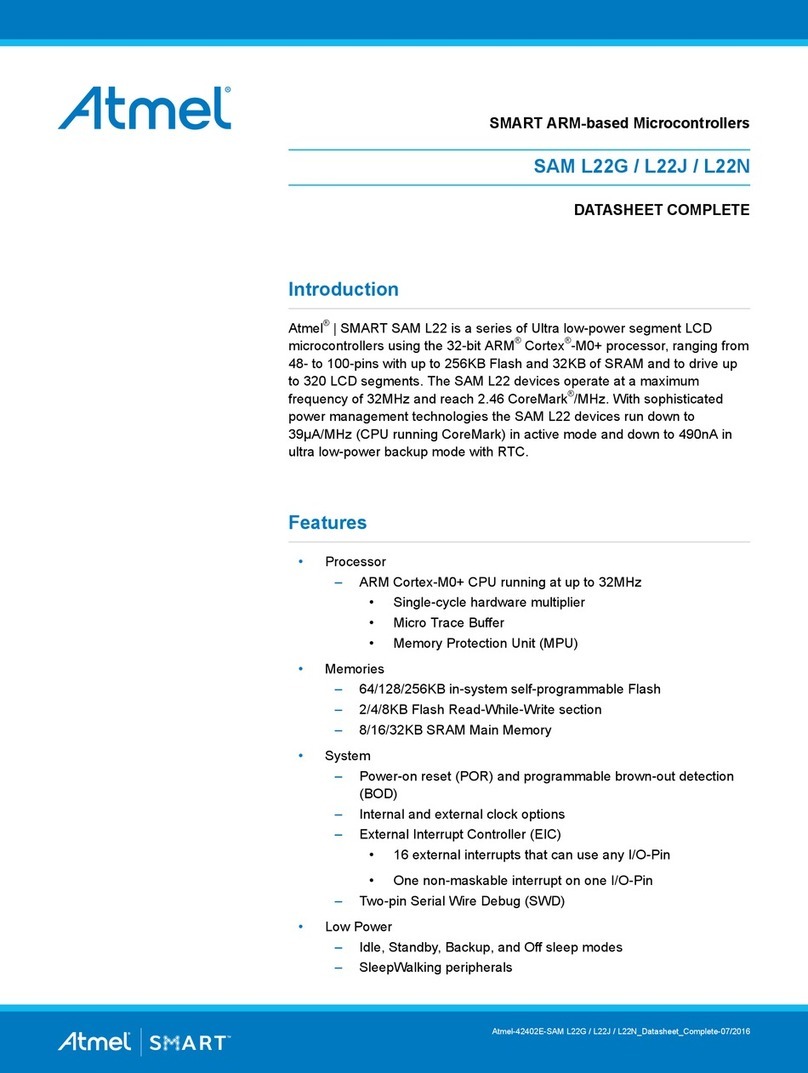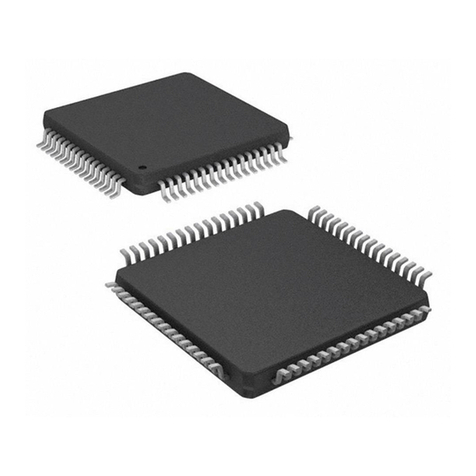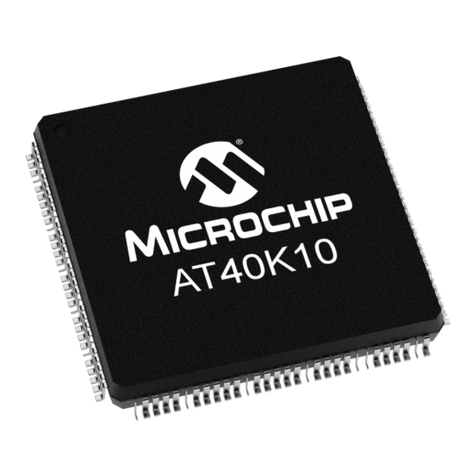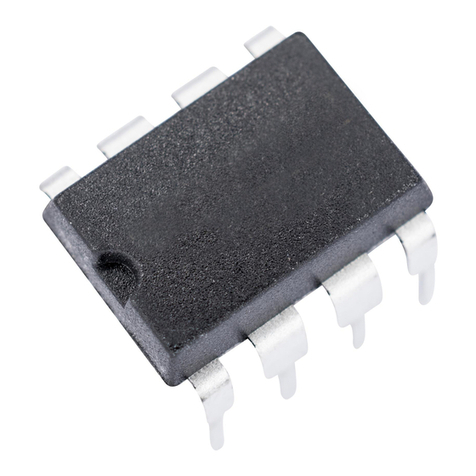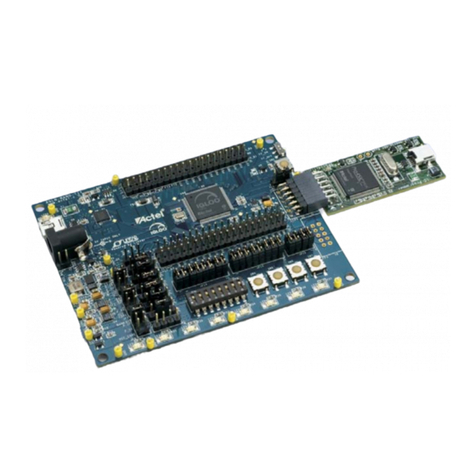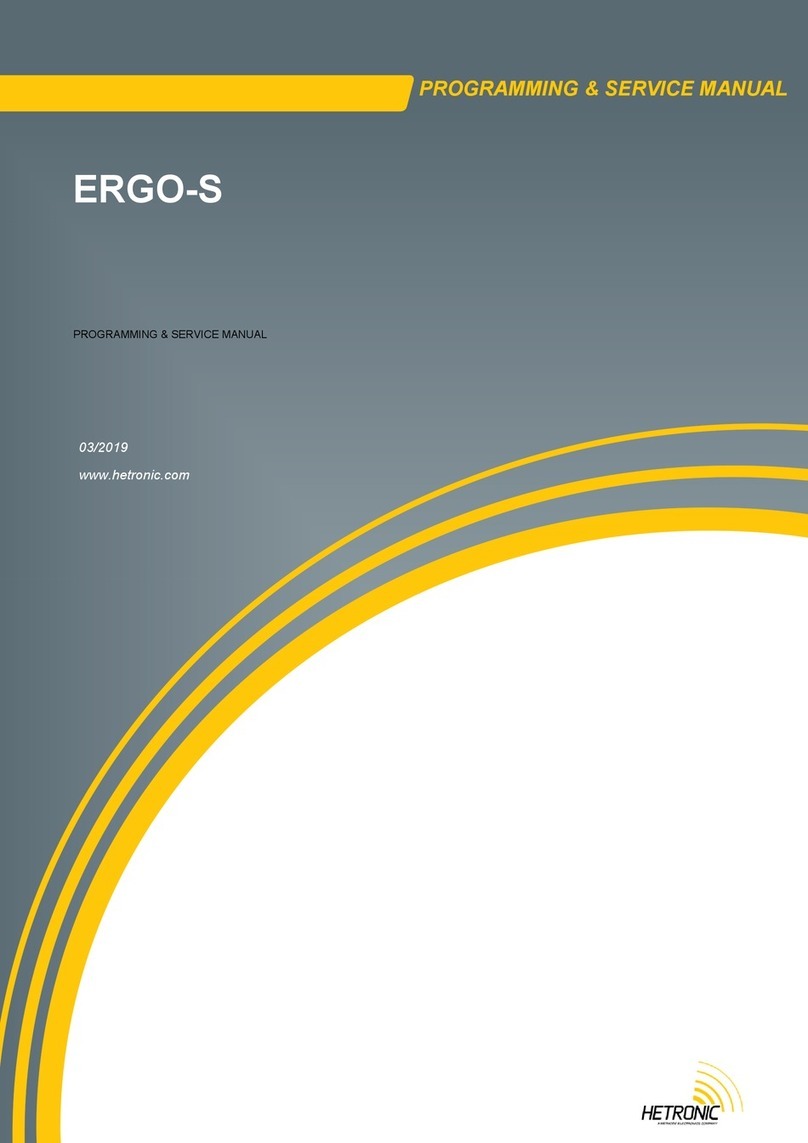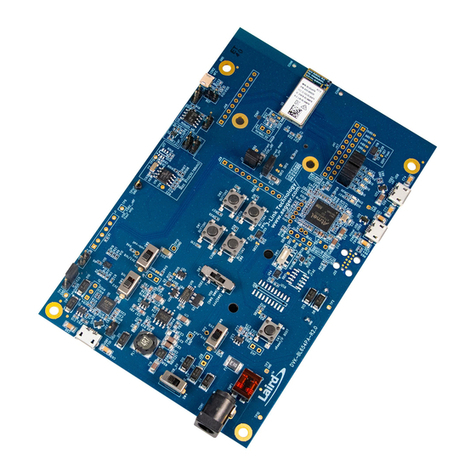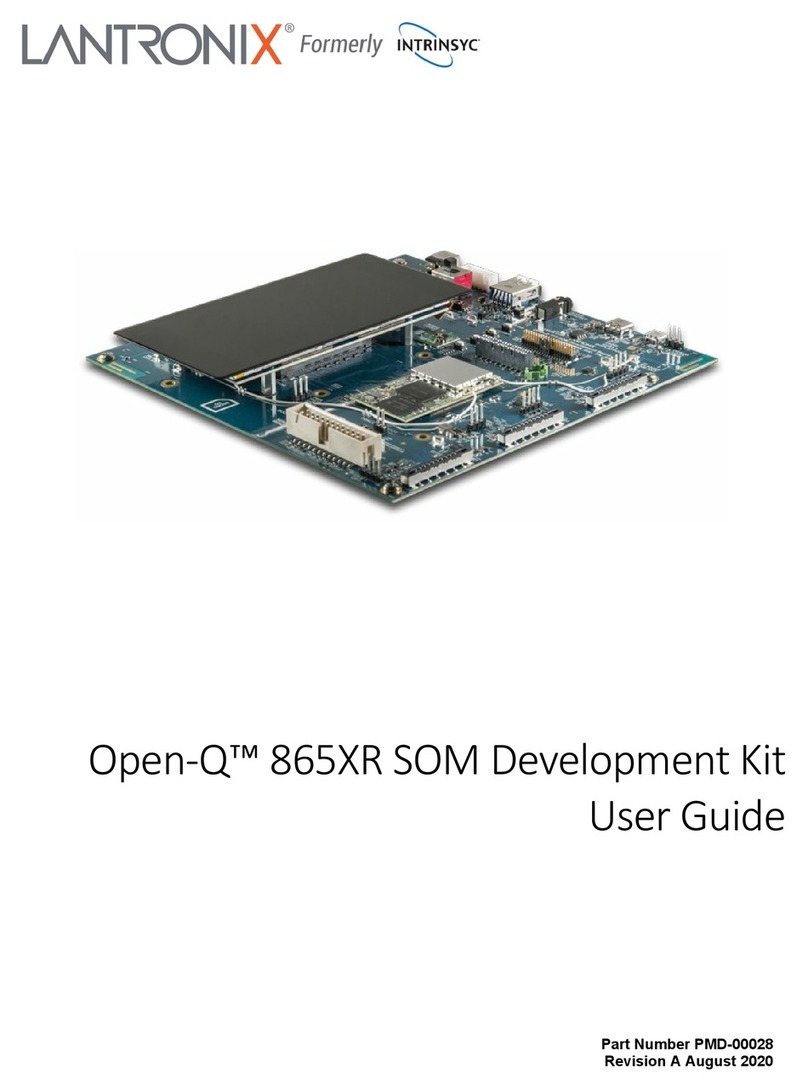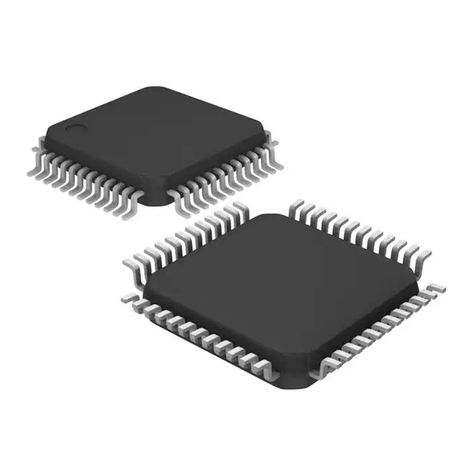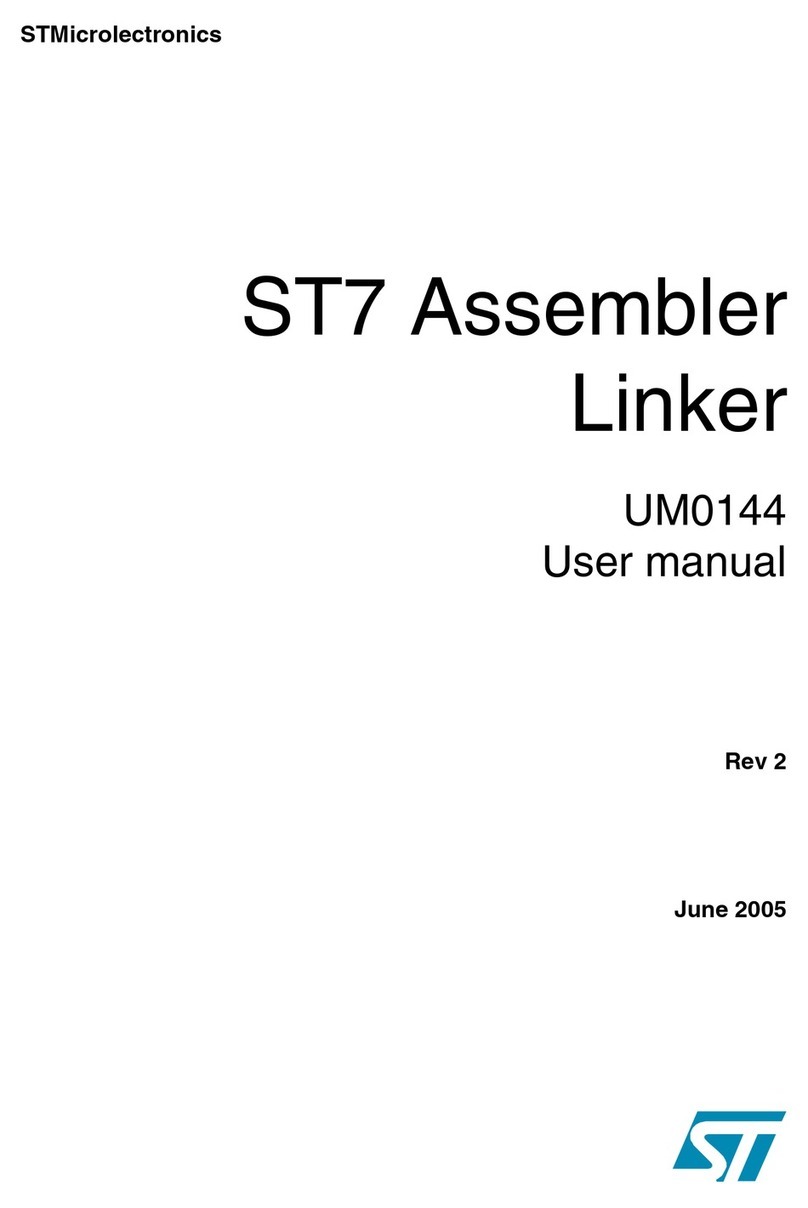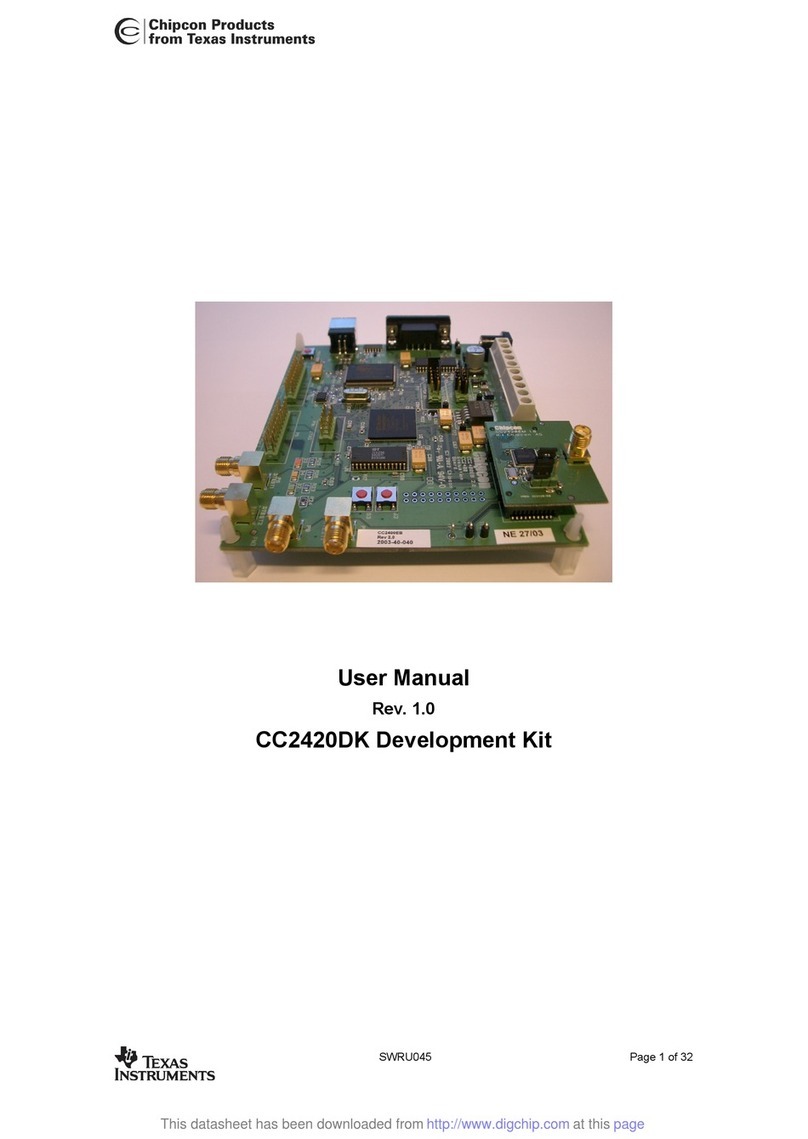Atmel AVR AT90S2323 User manual
Other Atmel Microcontroller manuals
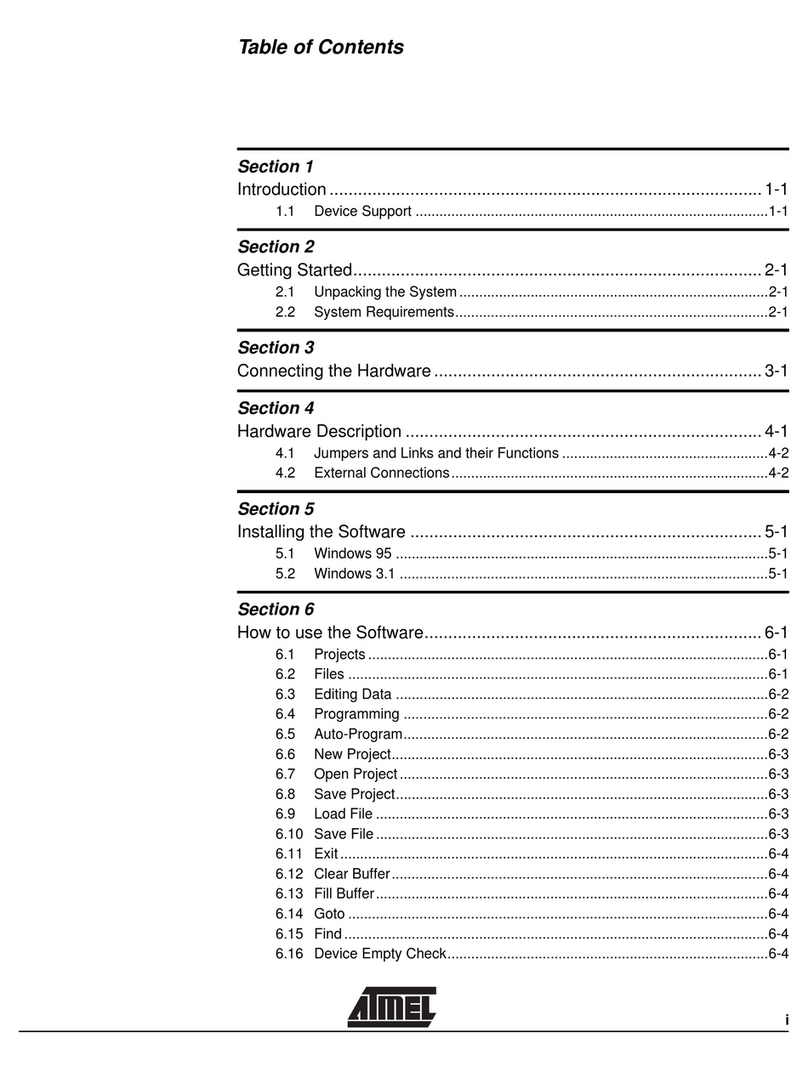
Atmel
Atmel STK200 User manual
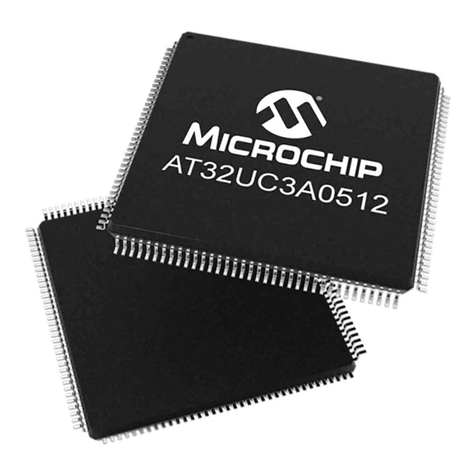
Atmel
Atmel AT32UC3 Series Installation and operating instructions

Atmel
Atmel AVR128 Installation and operating instructions
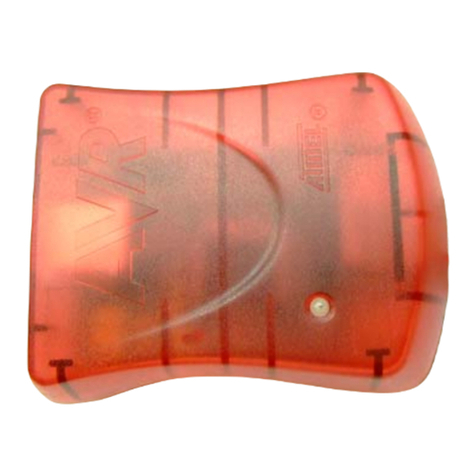
Atmel
Atmel AVR943 User manual
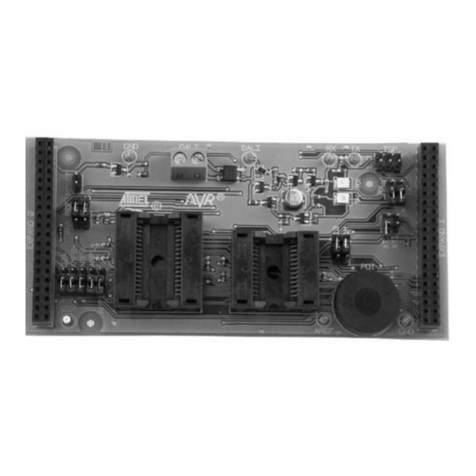
Atmel
Atmel STK520 User manual

Atmel
Atmel AVR XMEGA E Installation and operating instructions

Atmel
Atmel AVR1921 Installation and operating instructions

Atmel
Atmel AT91CAP9A-DK User manual

Atmel
Atmel AT90USB162 User manual
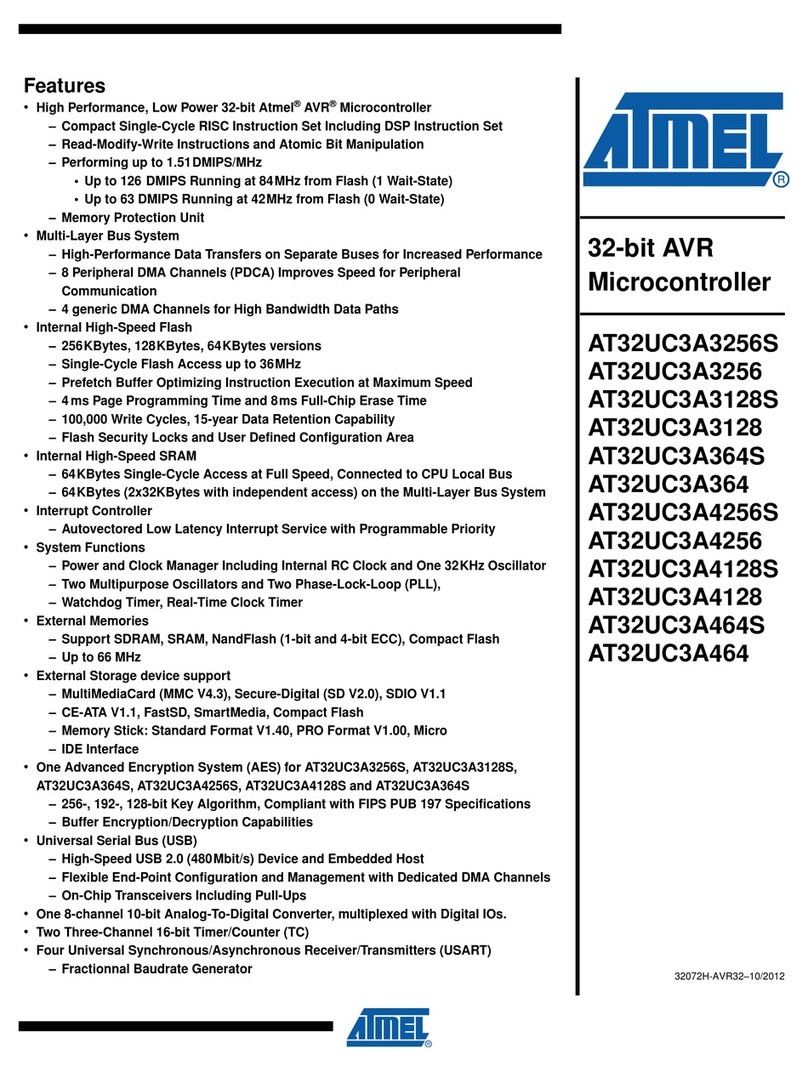
Atmel
Atmel AT32UC3A3256S User manual
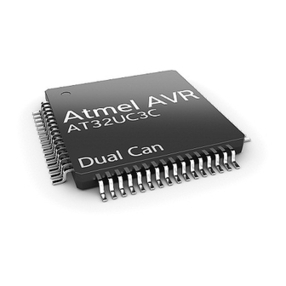
Atmel
Atmel AVR User manual

Atmel
Atmel AT32UC3L064 User manual

Atmel
Atmel AT90S8515-8PI User manual
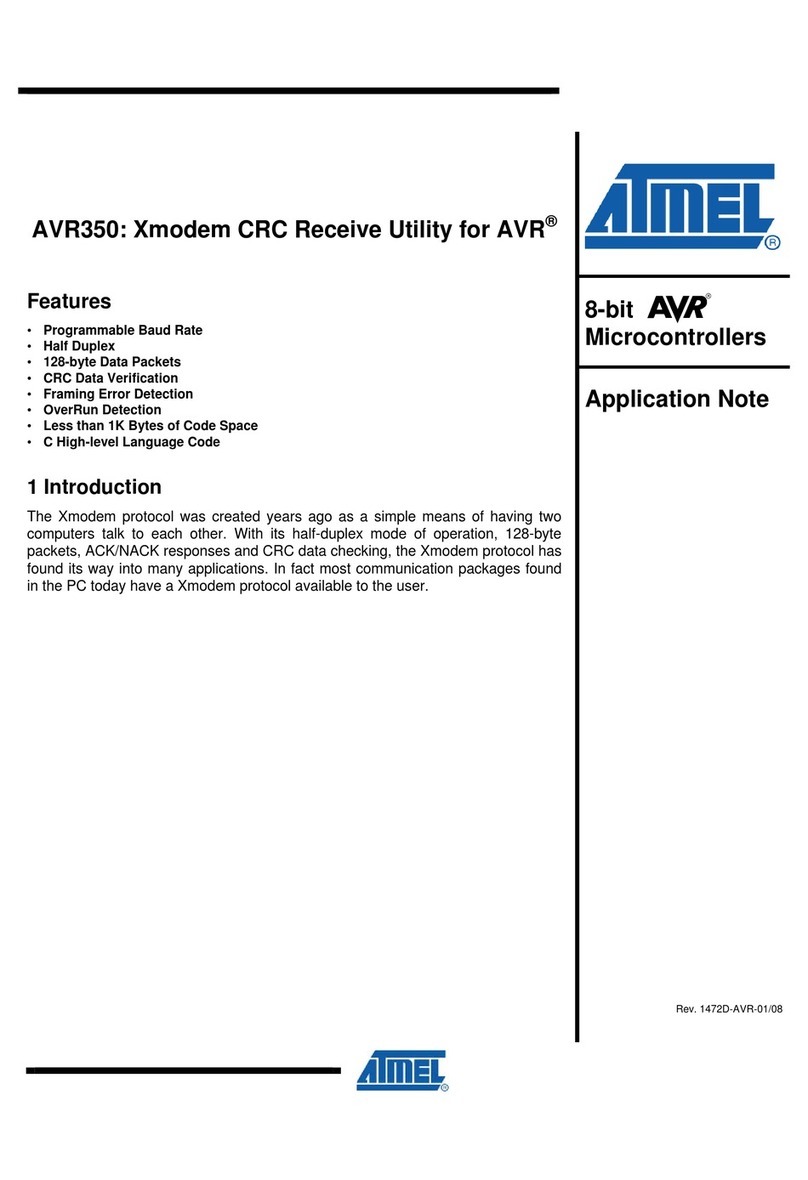
Atmel
Atmel AVR AVR350 Installation and operating instructions
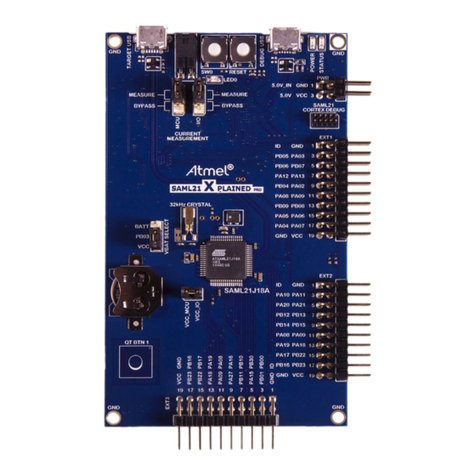
Atmel
Atmel SAM L21 Xplained Pro User manual

Atmel
Atmel SAM4L Xplained Pro User manual
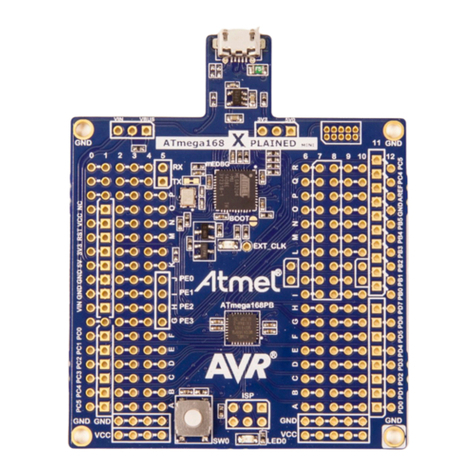
Atmel
Atmel ATmega168PB Xplained Mini User manual
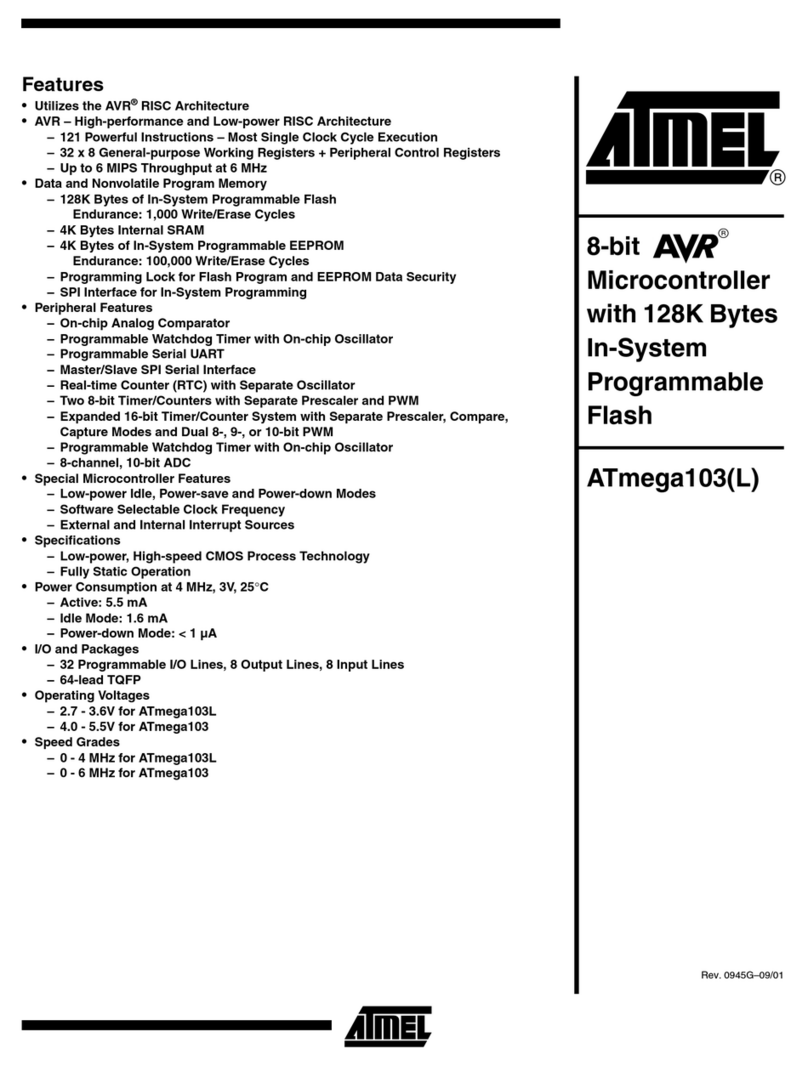
Atmel
Atmel AVR ATmega103 User manual

Atmel
Atmel AVR180 Installation and operating instructions
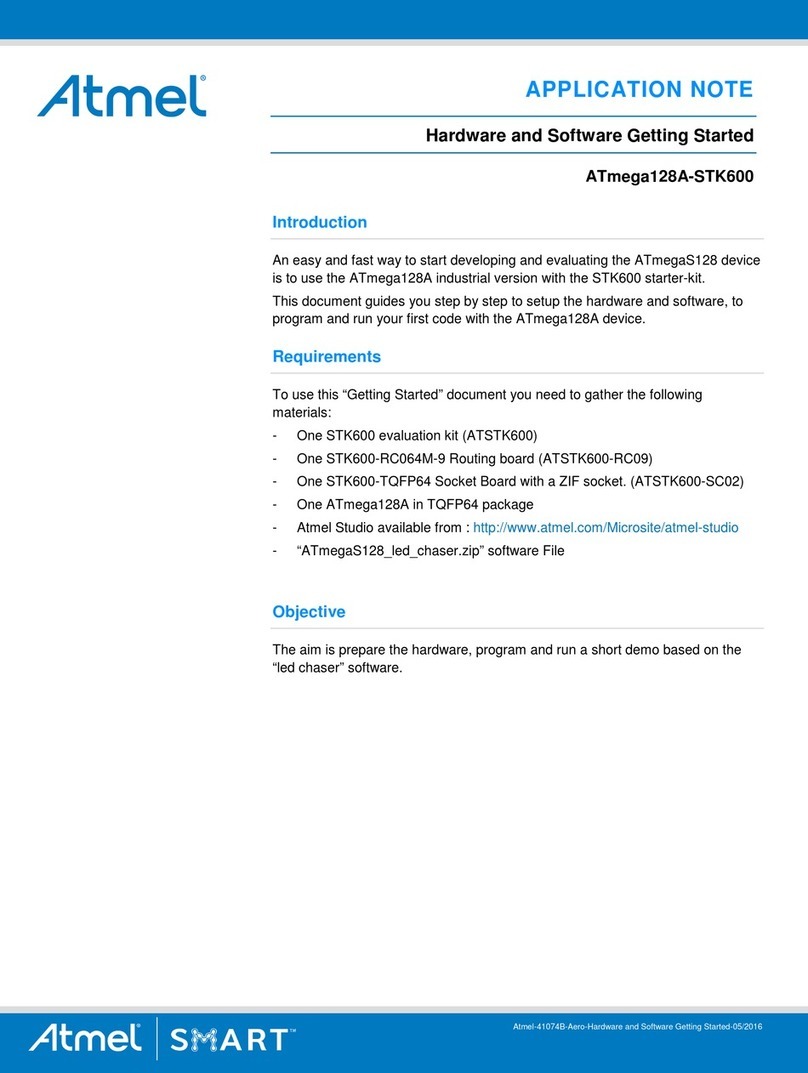
Atmel
Atmel ATmega128A-STK600 Installation and operating instructions
Popular Microcontroller manuals by other brands

DIGITAL-LOGIC
DIGITAL-LOGIC MICROSPACE manual
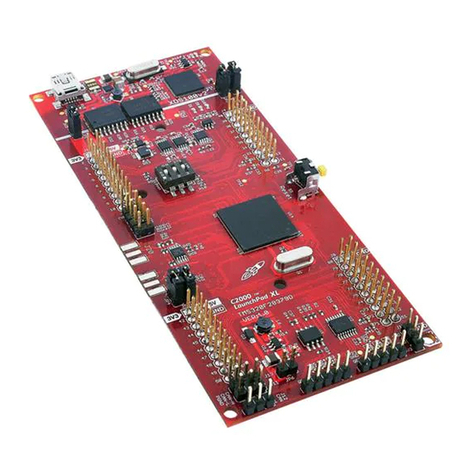
Texas Instruments
Texas Instruments TMS320F2837 D Series Workshop Guide and Lab Manual
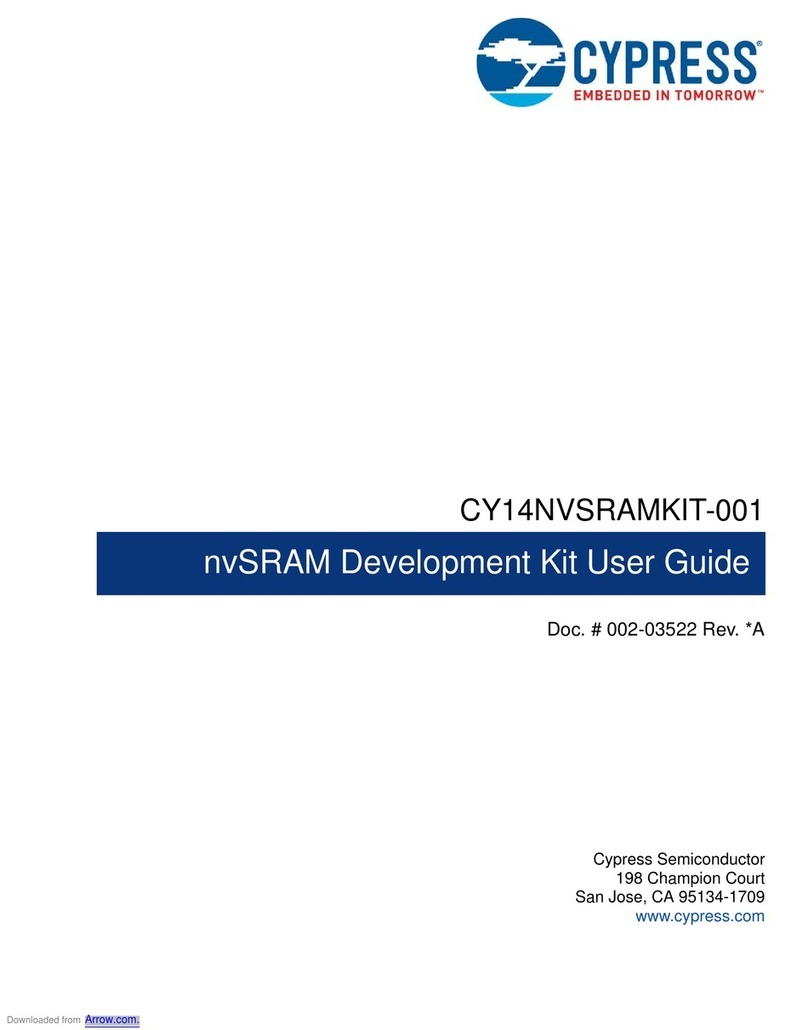
CYPRES
CYPRES CY14NVSRAMKIT-001 user guide
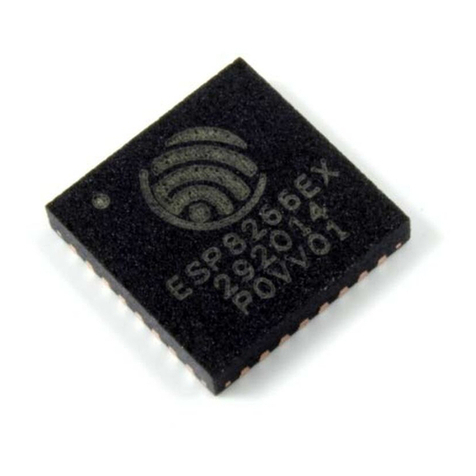
Espressif Systems
Espressif Systems ESP8266EX Programming guide
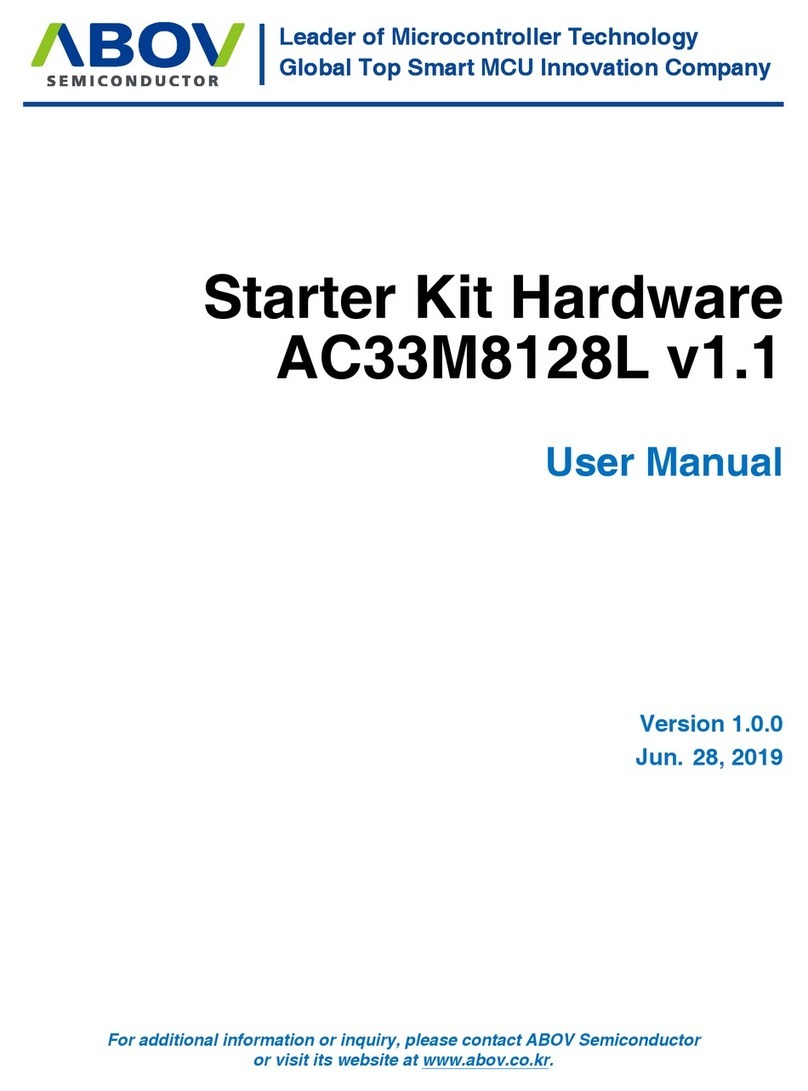
Abov
Abov AC33M8128L user manual
Silicon Laboratories
Silicon Laboratories C8051F800 user guide
